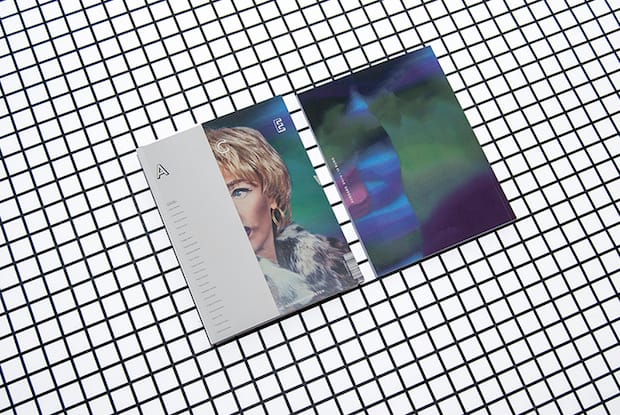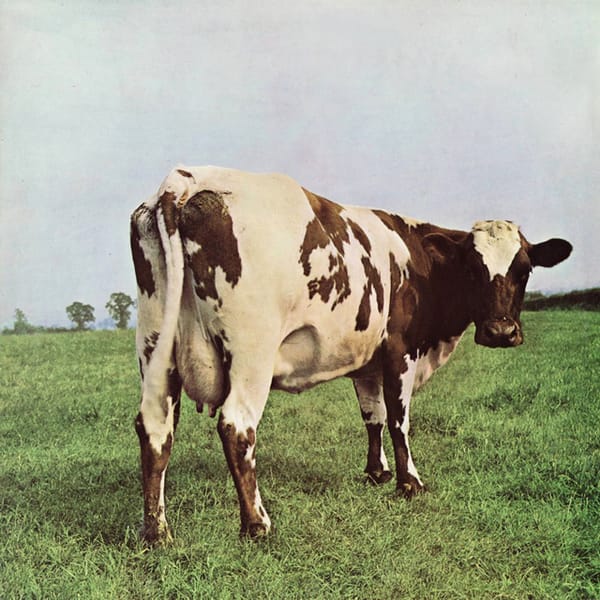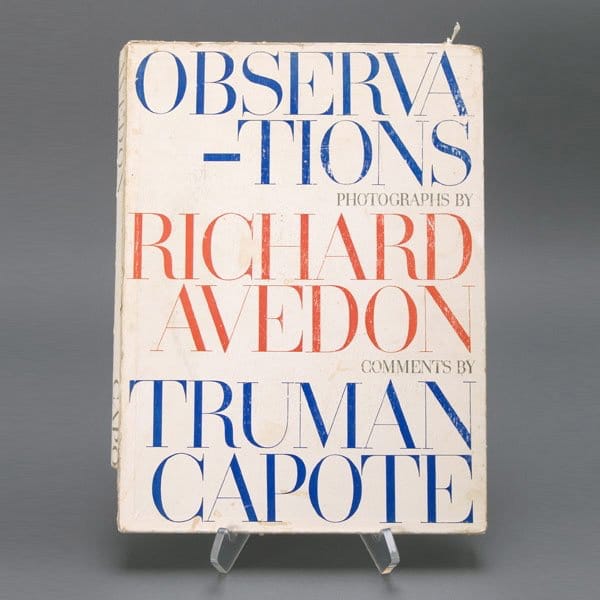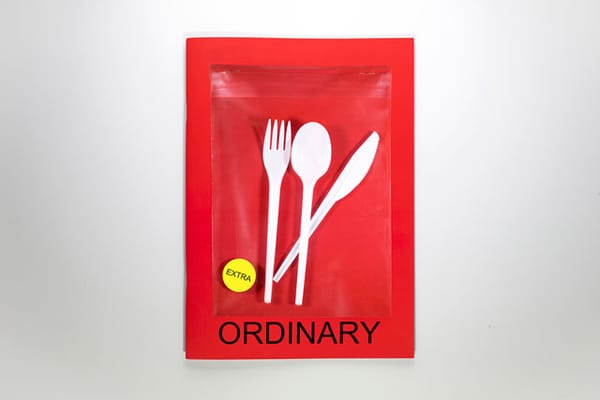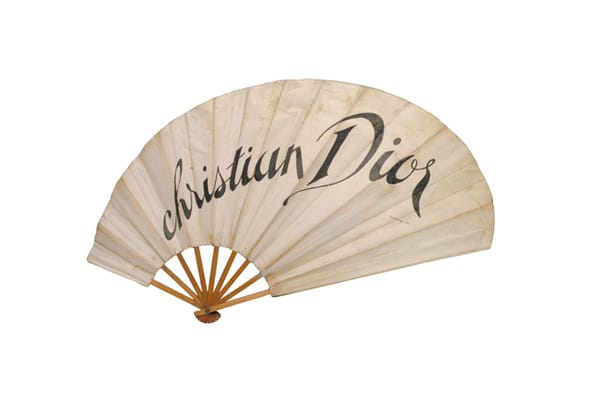This promising graphic designer and photographer hasn’t even graduated from his degree at University of Applied Sciences in Potsdam yet, but he’s already produced a body of work of extraordinary quality and breadth.
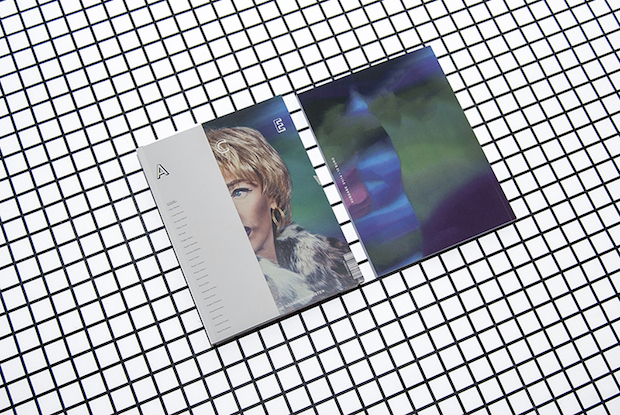
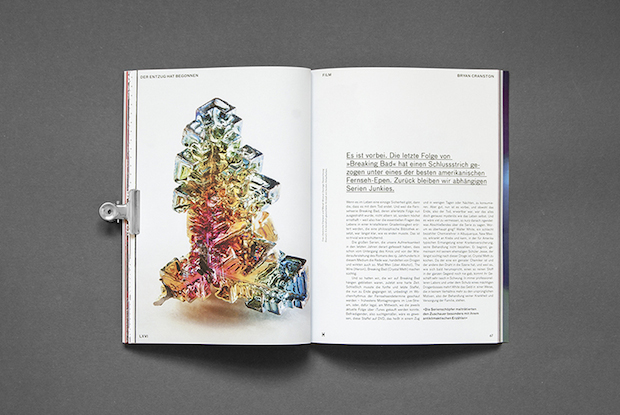
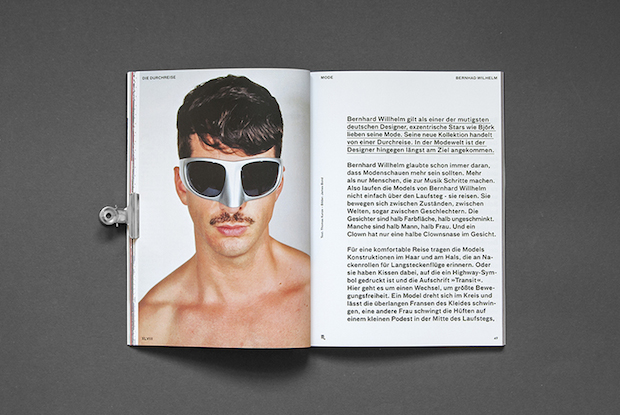
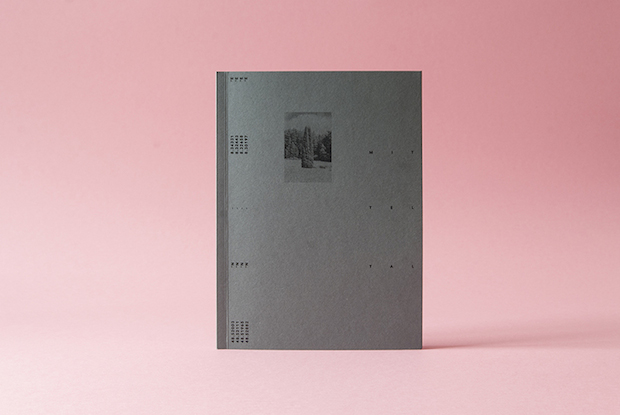
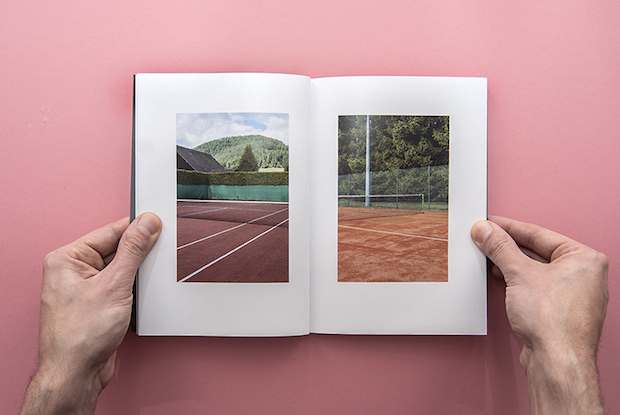
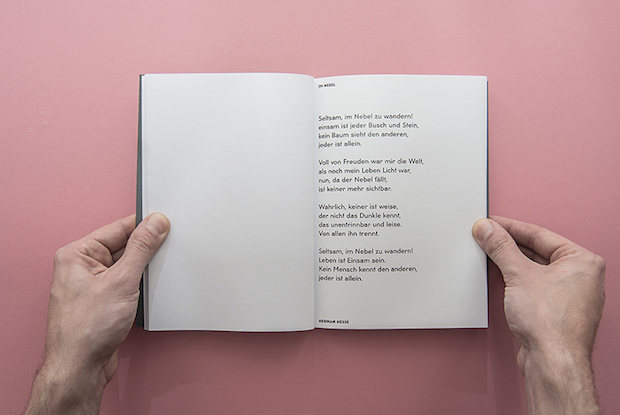
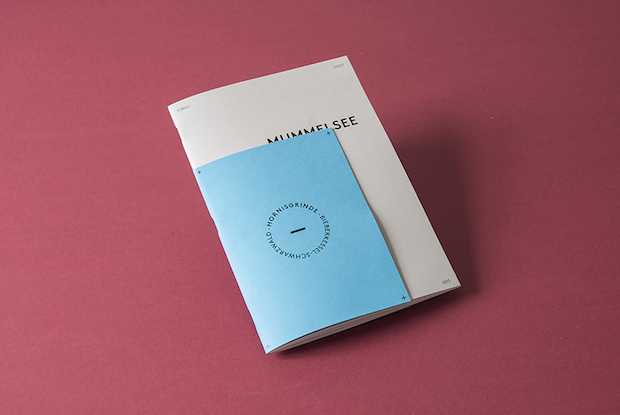
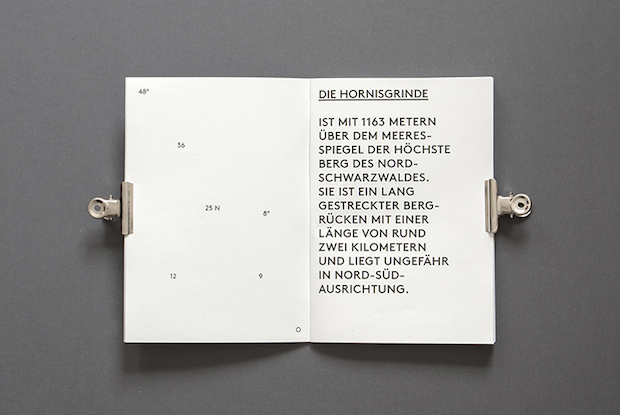
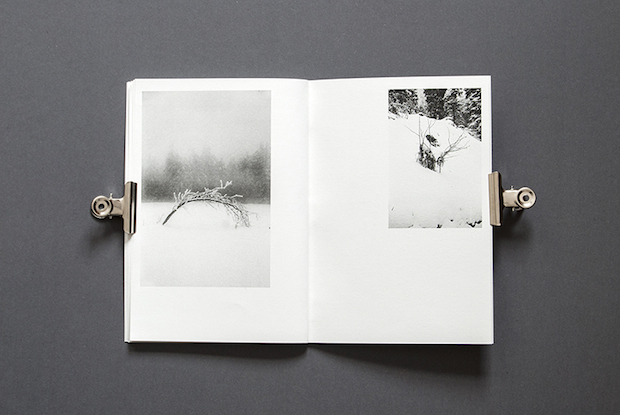
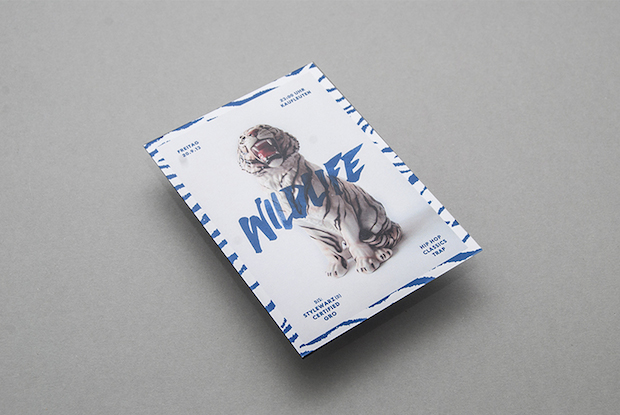
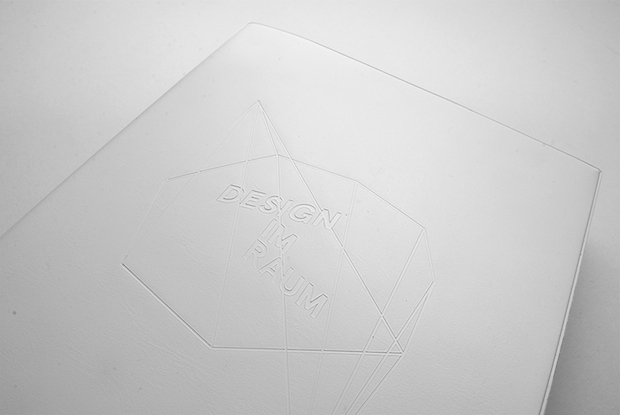
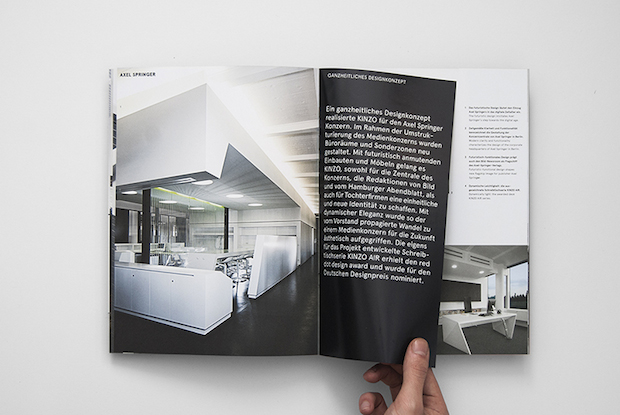
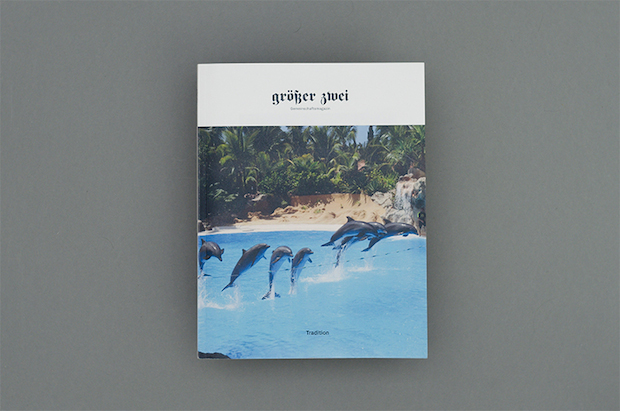
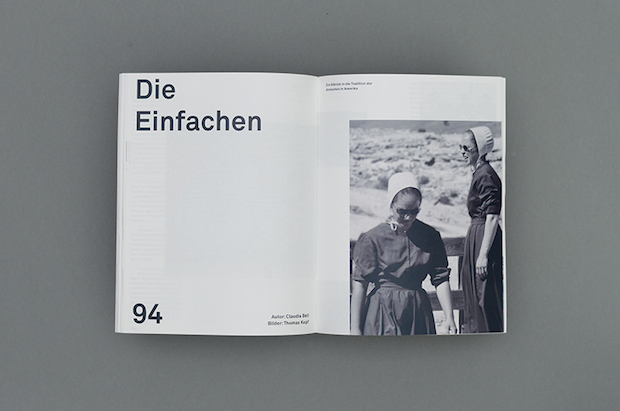
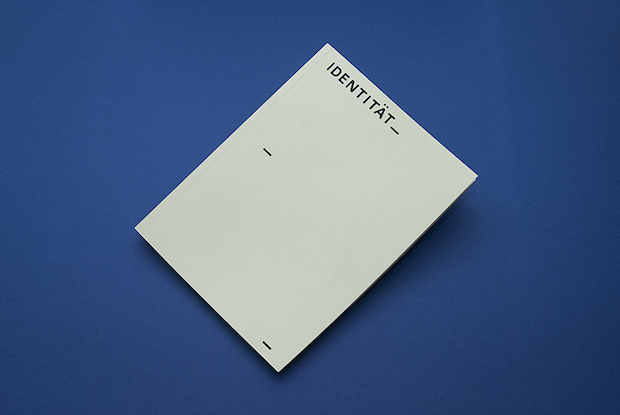
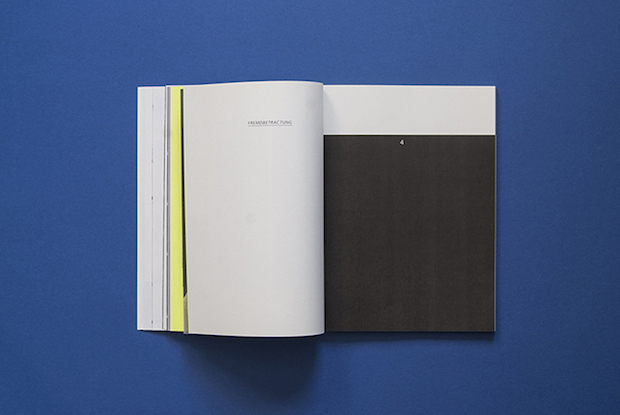
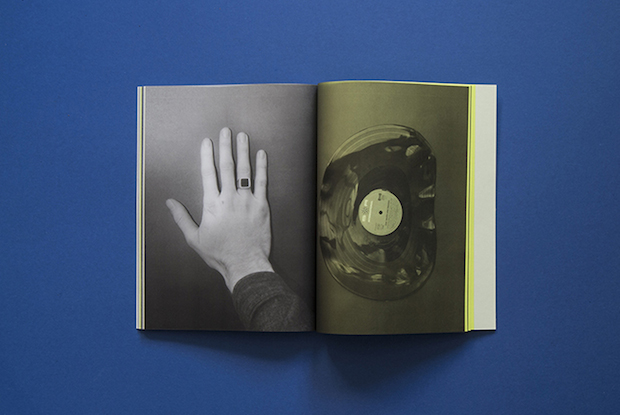
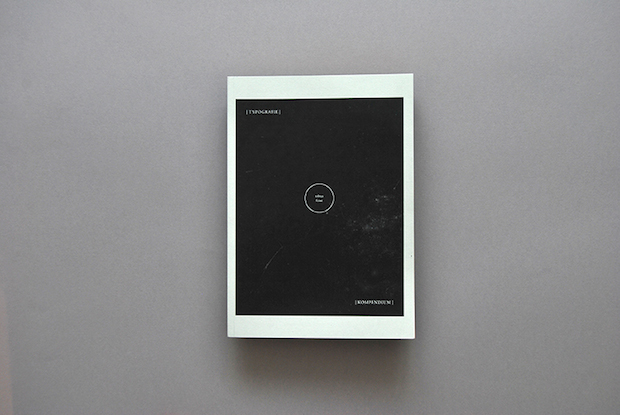
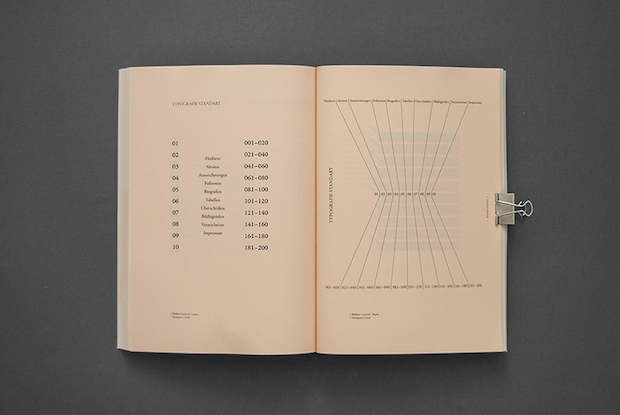
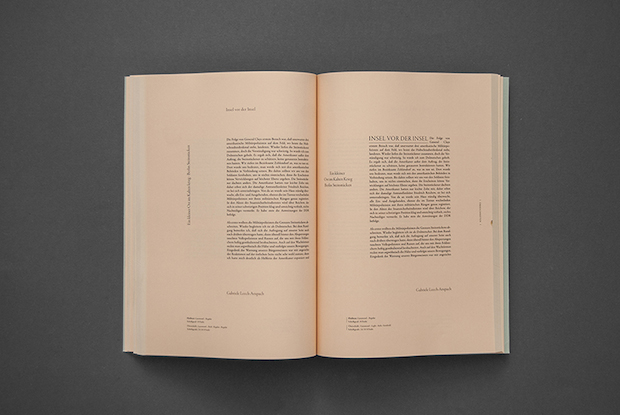
Tell us about a recent project that you are particularly proud of?
The photo booklets Hornisgrinde and Mitteltal were two projects I created in a short period of time during the summer and winter semesters in my hometown. I photographed the series Hornisgrinde in a day and the layout and production took me a day as well. Mitteltal was shot in two days and the book was designed and produced in three days. On one hand, it was an exercise in quickly getting good results and but it was also a kind of adjustment of the skills that I have acquired during my studies. These works are sketches, or a summary of the observations I’ve transferred from urban area to rural areas.
What are you working on at the moment?
Currently, I’m designing a corporate identity for a client called NOIZU, which operates in the interactive audio design area. I am also part of a collective called Berlin Photographers and in the summer we will have our first group exhibition in a gallery in Berlin. At the moment we are planning the whole thing, and I’m involved in the exhibition design and curation. Since my studying is also drawing to an end I must prepare my bachelor's thesis.
Are there similarities between how you approach your photography and graphic design projects?
I would say in the execution there are certain similarities. During a design project, in most cases the problem is clearly formulated, whereas in my photography my personal process plays a much larger role. My photography is based on personal observations, it’s more of an artistic context approach. For me, design and art are two different things, but of course they have some touchpoints. In the future, I’d like to be able to use both in a professional context.
Who would be your dream client?
I've never thought about it to be honest, but I’m definitely more interested in some areas than others, such as art, culture, fashion and music. However, I’ve noticed that I get enthusiastic for completely strange ideas pretty quickly, as long as I can get behind the product or service. I find it exciting to work on unfamiliar terrain so I think every customer can become a ''dream client'' if the chemistry is right.
What was the thinking behind your Ace project?
As part of the Editorial Design course at the FH Potsdam, we had to create a concept and a design for a print magazine with the theme “world saviour”. In the 1980s, Joseph Weeks, a Scottish physician led a research project that studied eccentric people. With the help of the media, he sought subjects and shortlisted one thousand. Personality and intelligence tests were part of the investigation, and from this Weeks formulated several traits of an eccentric. For Ace, I explored one of these traits: ‘idealistic with the aim to improve the world and make people happier’.
Ace is a social magazine that reports on outstanding people over one year. The first issue is dedicated to non-conformists and eccentrics that I came across in 2013, noticing them by their actions or unusualness. Ace reported on positive and negative characters, completely unbiased according to journalistic virtues.
What would you like to do once you graduate?
For now I would be happy to work in a small graphic design studio in Berlin with interesting clients, maybe in the print section and under humane working conditions…Perhaps there’ll is a role for me where I can do both design and photography, as well as working on my art projects.
behance.net/tobiasfaisst

